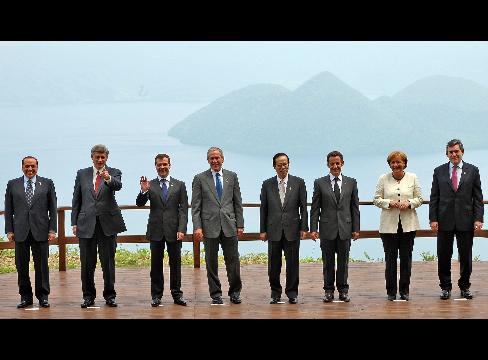 U.S. Environmental Protection Agency (EPA)completed the additional Clean Air Act Protections to reduce emissions of mercury, other air toxic and air quality standards for sulfur dioxide and nitrogen dioxide. Hundreds of thousands of tons of smokestack emissions that travel long distance through the air resulting to soot and smog, threatening the health of hundreds of missions of Americans living downwind. The Cross-State Air Pollution Rule will protect communities from smog and soot preventing premature deaths, nonfatal heart attacks, acute bronchitis, and aggravated asthma. Around 27 states in the eastern half of the country will work with power plants to cut pollution under the rule that has proven cost-effective control technologies. Additionally, EPA will work with states to assist developing the most suitable path forward to deliver significant reductions in emissions while reducing costs for utilities and consumers.
U.S. Environmental Protection Agency (EPA)completed the additional Clean Air Act Protections to reduce emissions of mercury, other air toxic and air quality standards for sulfur dioxide and nitrogen dioxide. Hundreds of thousands of tons of smokestack emissions that travel long distance through the air resulting to soot and smog, threatening the health of hundreds of missions of Americans living downwind. The Cross-State Air Pollution Rule will protect communities from smog and soot preventing premature deaths, nonfatal heart attacks, acute bronchitis, and aggravated asthma. Around 27 states in the eastern half of the country will work with power plants to cut pollution under the rule that has proven cost-effective control technologies. Additionally, EPA will work with states to assist developing the most suitable path forward to deliver significant reductions in emissions while reducing costs for utilities and consumers.
Power plant emissions of sulfur dioxide (SO2) and nitrogen oxide (NOx) continually travel across state lines as they are carries long distances across the country by wind and weather. The pollution is transported and reacts in the atmosphere contributing to severe levels of ground level ozone and fine particles that are scientifically connected to illnesses and premature deaths, destructing the air quality of cities. Therefore, this rule will enhance the air quality by cutting SO2 and NOx emissions that contribute to pollution problems in other states. The rules followed by the states are expected to reduce SO2 emissions by 73 percent from 2005 levels by 2014. NOx emissions are expected to reduce by 54 percent. Further, this rule will help states that are struggling to protect air quality from pollution emitted outside their borders. Furthermore, this rule uses an approach that can be applied in the future to assist areas continue to meet and maintain air quality health standards.
The rule will also facilitate to improve visibility in state and national parts while better protecting the ecosystems. In a supplemental rulemaking based on further review and analysis of air quality information, EPA is also proposing to require sources in lowa, Kansas, Michigan, Missouri, Oklahoma and Winconsin to decrease NOx emissions during the summertime ozone season. This rule will optimistically bring a positive result and lead those states to have a better air quality while minimizing the adverse effects.
 The main goal of this protocol is cutting the green house gases emissions in thirty seven developed European countries.
The main goal of this protocol is cutting the green house gases emissions in thirty seven developed European countries.  Presently, the world is more aware about climate changes and tries to
Presently, the world is more aware about climate changes and tries to 

